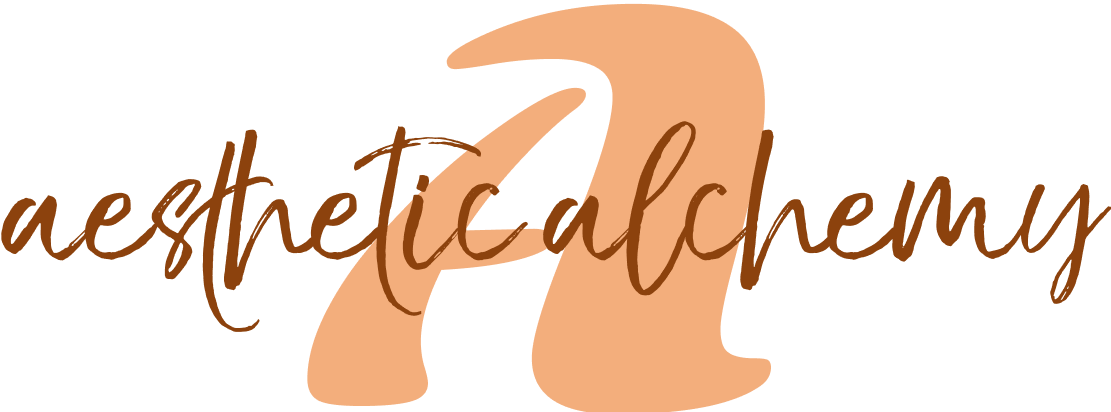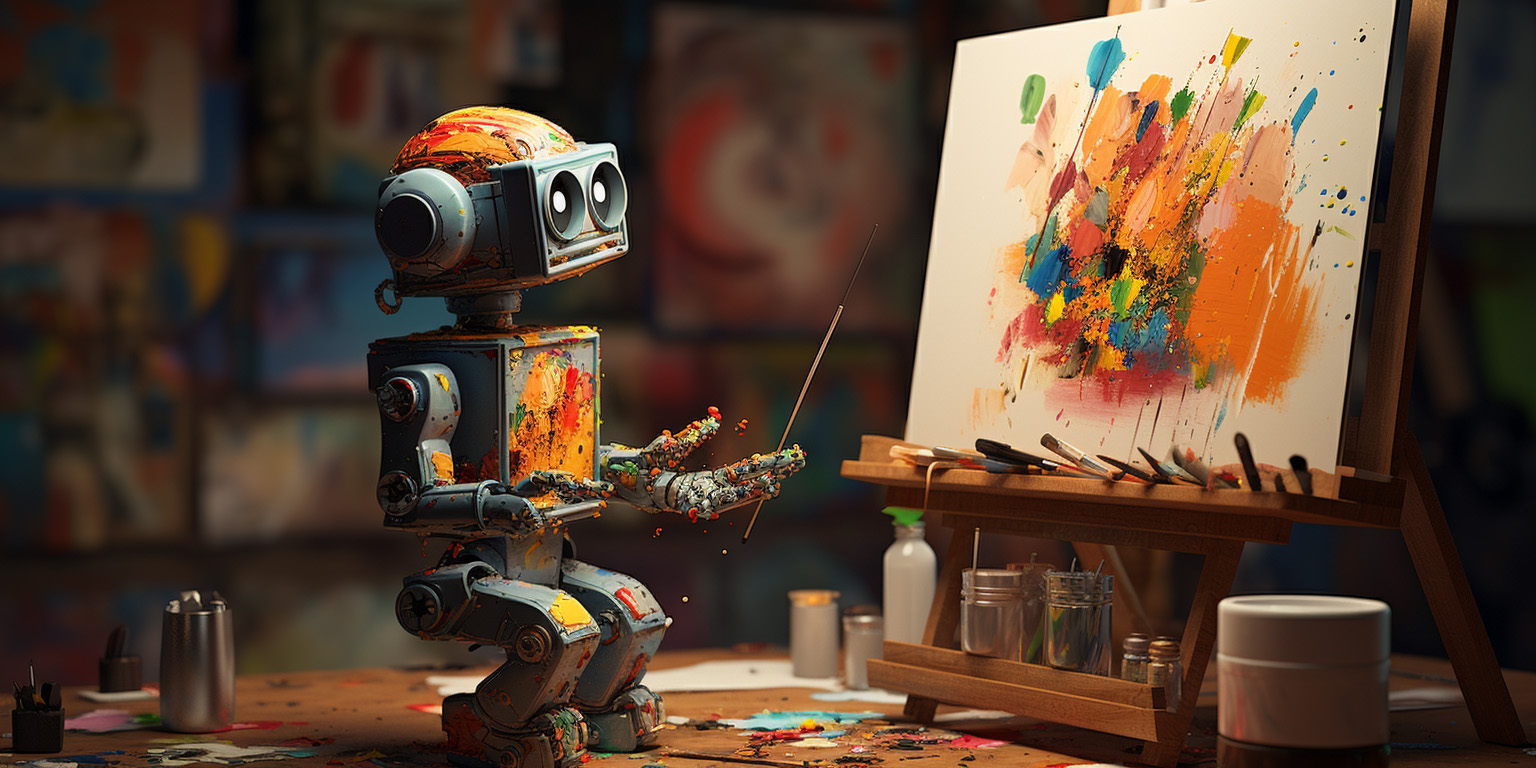

Aug 16, 2023
Hi there, design enthusiasts and AI aficionados! As we navigate the exciting era of rapid technological advancements, there's a trend that's impossible to miss: the rise of artificial intelligence. From chatbots booking our spa appointments to cars that drive themselves, AI is weaving itself into the very fabric of our lives.

Naturally, it's made its grand entrance into the realm of graphic design as well.
But here’s the million-dollar question: can a machine, with its zeros and ones, truly be creative? Can it capture the essence of creativity that seems so innately human?
Dive in with me as we explore the convergence of algorithms and art, and try to answer the question on every designer's mind: can AI genuinely be an artist?
Back in the day, when computers took up entire rooms and the internet was still a far-off dream, the idea of computer-aided design (CAD) was budding. Designers saw these massive machines as helpful tools, but they were still very much in the driving seat.
Fast forward a bit, and machine learning entered the scene. No longer were computers just tools; they began learning from data and anticipating outcomes. This tech revolution subtly paved its way into design. Imagine a tool that not only aids but suggests, iterates, and even auto-corrects. The game was changing!
With machine learning, the design world saw potential for quicker mock-ups, smarter tools, and a hint of automation. From basic CAD assisting architects to AI algorithms suggesting color palettes and logo designs, the collaboration between machine intelligence and human creativity was well underway. The frontier was evolving, and the line between creator and tool started to blur.
At its core, creativity is the ability to generate novel ideas, approaches, or solutions that are valuable or have meaning. It's deeply intertwined with our emotions, experiences, and a dash of human unpredictability. Every artwork, design, or melody crafted by a person carries a story, a sentiment, an echo of their soul. It's this intangible essence that's often cited as unique to human experiences.
So, how does a machine fit into this picture? Can a string of ones and zeroes mimic the spark of human ingenuity? When we talk about AI and creativity, it's crucial to grasp that AI's "creativity" stems from pattern recognition. It’s not inspired by a sunset or driven by emotion; it's trained through mountains of data. By analyzing thousands, if not millions, of design samples, AI identifies trends, preferences, and styles. It "learns" what designs are popular or effective based on historical data.
AI's approach to creativity is algorithmic. It uses data to predict what design elements might work well together based on what has worked in the past. For example, if an AI observes that minimalist logos have been trending, it might suggest similar designs. It's a process of constant iteration and refinement, all based on patterns.
But here's the catch: while AI can mimic or replicate styles and trends with precision, it lacks the emotional depth and personal touch inherent in human-created designs. The big question then remains: Can this algorithmic approach truly be labeled as creative, or is it merely efficient imitation?
The tech landscape has seen an explosive growth of AI-driven design software in recent years. From giants like Adobe, with their Sensei platform, to innovative startups offering logo generators and auto-layout tools, AI is reshaping the design toolkit. But what's happening under the hood? How do these tools turn binary data into intricate, visually appealing designs?
At the heart of most AI design tools is a form of machine learning called neural networks, particularly a variant known as deep learning. Imagine feeding a machine thousands of graphic design samples, everything from vintage posters to modern website layouts. The neural network, much like a sponge, soaks up patterns, color combinations, typography choices, and spatial arrangements from this data. Once trained, the network can then generate new designs by drawing upon this vast reservoir of learned information.
When a user interacts with an AI design tool, they're often asked to input preferences – maybe a color palette, a particular style, or specific graphics. The AI then synthesizes this input with its training to produce designs that align with the user's request and the patterns it's learned. It's a dance of algorithms and inputs, resulting in a myriad of creative outputs.
In contrast, the human design process often starts with an idea or emotion, followed by brainstorming, sketching, and multiple iterations. While humans pull from life experiences, cultural background, and emotions, AI tools pull from vast databases of existing designs. So, while AI offers efficiency and speed, especially in the initial stages, the human touch brings nuance and emotional resonance to the table. What happens when they collaborate?
The integration of AI in the design realm isn't just a fascinating fusion of tech and art, it's a game-changer. But as with any technological advancement, it comes with a balance of perks and pitfalls.
In sum, AI is a powerful tool in the designer's arsenal, but it's not a standalone solution. Embracing its strengths while acknowledging its limitations is key to harnessing its potential effectively.
As we move further into the digital age, the bond between AI and design is only predicted to deepen. Here's a sneak peek into what the future might look like.
Collaborative Roles: Over the next decade, we can expect AI to not just serve as a tool but as a collaborative partner. Designers may direct AI, offering creative visions, while the AI executes and even suggests innovative enhancements. Think of it like a jazz duet—each entity riffing off the other's cues, resulting in a harmonious blend of human creativity and machine efficiency.
Evolving Education: The design curriculum might undergo a paradigm shift. Traditional design principles will still hold weight, but courses on AI-driven design tools and human-AI collaboration will likely become standard. Aspiring designers will be groomed to harness the power of AI while preserving the human touch that defines genuine creativity.
In essence, a world where AI and designers coexist, not as rivals but as allies, reshaping the creative landscape together.
As we navigate the ever-evolving world of AI, it's evident that this technology is reshaping the graphic design landscape with unparalleled speed and efficiency. However, amidst this digital revolution, the heart of creativity still pulses with human emotion and experience.
The future likely holds a harmonious blend of man and machine. Designers will harness AI's vast potential, directing it with a human touch, ensuring genuine innovation remains at the forefront. Embracing this duality, the world of design stands on the cusp of an era rich with innovation and endless creative horizons.